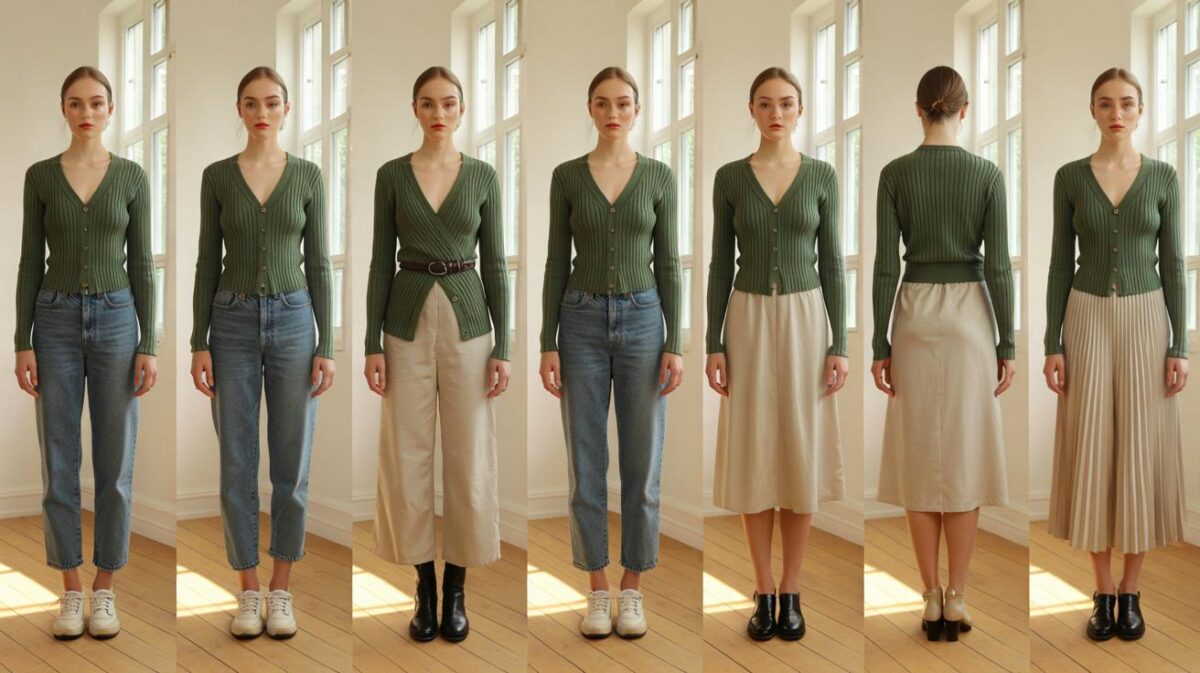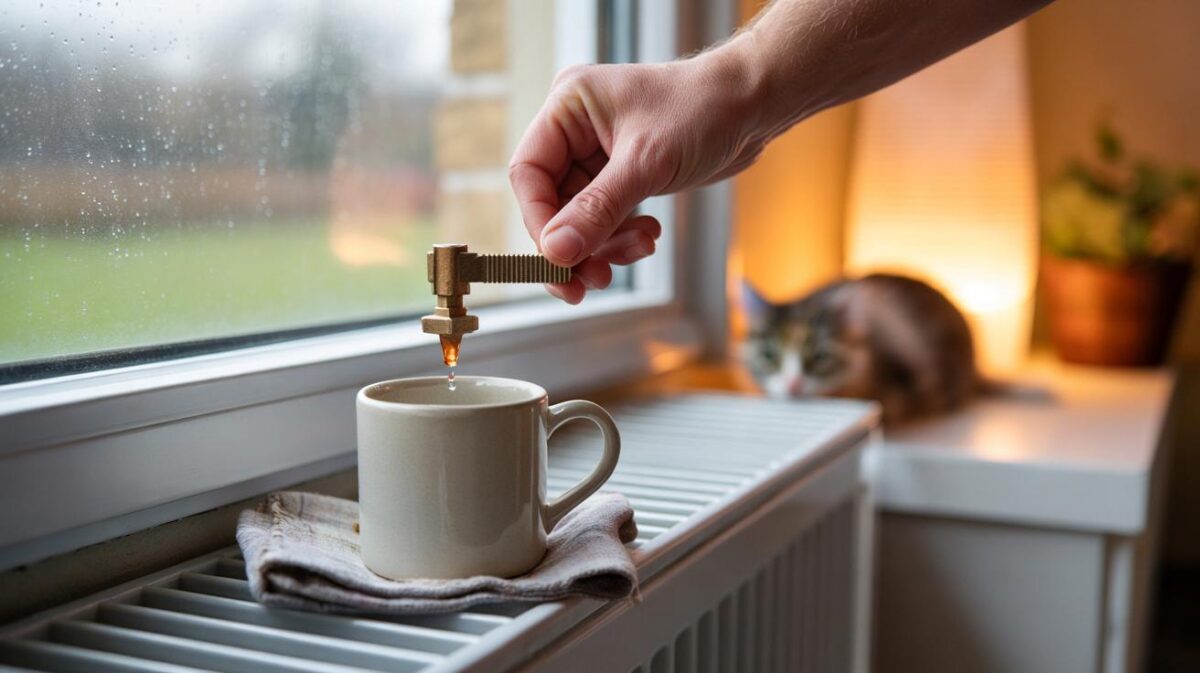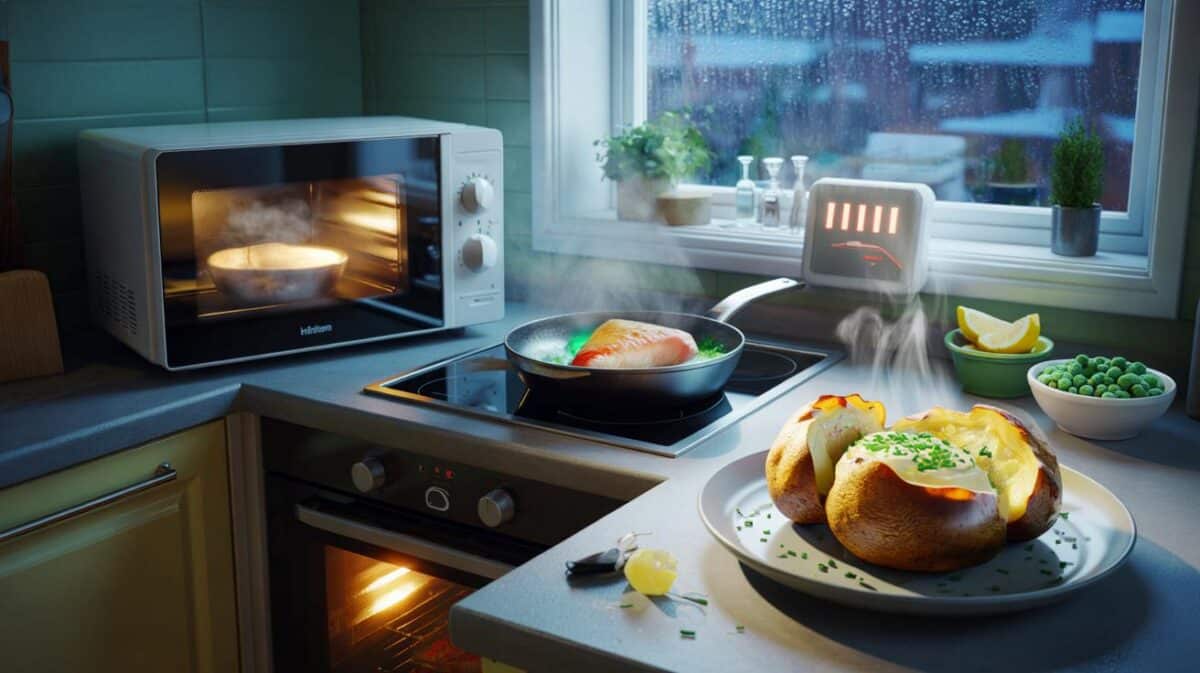45am. Light sneaks in, your sleep staggers, your morning bite loses its flavour. I thought coffee was the fix. Then a tiny, almost silly bedroom tweak changed everything I felt about nights and mornings.
I woke at 3.11am, again. A thin blade of streetlight cut across the wardrobe, turning the room into a low-budget stage set. The neighbour’s motion sensor clicked on, a bus sighed at the junction, and my brain sprinted like it had places to be. I counted sheep, podcasts, regrets. None of it settled. We’ve all had that moment when the duvet feels like a paper napkin against a noisy world.
The next day, I went hunting for the leaks. I stood by the window with my phone’s torch, found a universe of glows I’d normalised: the router’s tiny blue LED, the charging dot on my watch, the gap under the door. It felt ridiculous. It was also the start of a week that surprised me. It wasn’t a fancy gadget.
The night I met true darkness
The simple change was this: I made my bedroom properly dark. Not “sort of dim”, not “the blinds are decent”. I mean hotel blackout, cave-level dark. Once I blocked every flicker and threaded curtain, my nights stopped arguing with me. My brain didn’t rev, it idled. My shoulders released like a hand unclenching.
The shift showed up in numbers, not just feelings. My watch tracked an average of 58 minutes of deep sleep before the change. By night seven, it logged 117 minutes. Wake-ups fell from five to two. I know wearables aren’t gospel, but my mornings stopped feeling grey and crumbly. I stopped snoozing. Even my patience, the first casualty of bad sleep, grew back a little.
There’s a reason it works. Light tells your body what time it is. At night, even small amounts of brightness nudge the brain into day-mode, dialing down melatonin and keeping you closer to the surface. Streetlight sneaking round the curtains. A hallway glow. That charging dot you ignore. Your brain spots them all and stays on guard. When I removed the cues, my body stopped guessing.
How I blacked out the room in one hour
I grabbed a free lux meter app and walked the room at night. The windows were the big culprits, so I layered: stick-on blackout film for the glass, then heavy curtains with a wrap-around rail. I taped over device LEDs with matt stickers and slid a draught excluder under the door. Within an hour, the room looked the same, only quieter to the eyes.
Little mistakes can undo the whole effect. Light creeps in at edges, so let the curtain kiss the wall, not hover. Keep a tiny, warm bedside light for midnight trips, ideally amber and low-lux, pointed at the floor. If you worry about waking up in a dark box, pair the blackout with a sunrise alarm. Let’s be honest: no one really does that every day. So set it once, leave it alone, and keep the rest simple.
I worried about staleness with the windows sealed at night. I now open them wide for ten minutes after breakfast and again before supper, and the room stays fresh. A bedroom doesn’t need to look different to feel different. The only giveaway is how I wake.
“Night-time light is a nudge you don’t notice—until you remove it and realise how loud it was,” a sleep specialist told me when I asked if I was imagining this.
- Target under 1 lux at your pillow.
- Choose curtains that curve around the frame or add a wrap-around pole.
- Cover tiny LEDs with matte tape; glossy tape reflects.
- Use an amber night light under 2000K, aimed downwards.
- If mornings feel groggy, add a sunrise alarm behind the curtain line.
A week later: what changed in me
Seven nights isn’t a lifetime, but it’s long enough to feel the edges soften. I didn’t become a new person. I did become a steadier version of the old one. The first morning I woke before my alarm, I lay there and let the quiet finish its sentence. My thoughts didn’t sprint off the mark. I noticed the sound of the kettle, the cat’s feet on the landing, the first milk-white seam of daylight when I finally opened the curtains.
There’s a small sweetness to evenings now. I don’t stretch bedtime like chewing gum. I read a few pages, click off the amber light, and the room goes honest and dark. And yes, I still have messy days. I still scroll sometimes. Yet the baseline shifted. Darkness did what discipline couldn’t: it took the argument out of sleep. Maybe your fix isn’t darkness. Maybe it’s temperature, or noise, or a pillow that doesn’t boss your neck around. Still, if you can change one thing tonight, make it the light.
| Point clé | Détail | Intérêt pour le lecteur |
|---|---|---|
| Total blackout wins | Layer curtains, block LEDs, stop light leaks at edges | Faster sleep onset and fewer wake-ups without new tech |
| Measure, don’t guess | Use a free lux app to find hidden brightness | Quick, low-cost way to target the actual problem |
| Keep mornings bright | Pair darkness with a sunrise alarm or immediate daylight | Stable wake-up without grogginess or lost routine |
FAQ :
- What exactly was the “simple change”?Turning my bedroom into true darkness: blackout window coverage plus masking every tiny LED and door gap.
- Do I need expensive curtains?No. Stick-on blackout film, a wrap-around pole, and heavier curtains do the job on a modest budget.
- Won’t pitch-black make it harder to wake?Not if you pair it with a sunrise alarm or open the curtains as soon as you stand up. Bright morning light resets the clock fast.
- Isn’t a bit of light harmless?Small amounts can still nudge your body toward wakefulness, especially near your eyes. Darkness reduces that chatter.
- What if my partner likes a night light?Use a low-lux amber light, aimed at the floor and shielded from the pillow line. You get visibility without the brain buzz.








